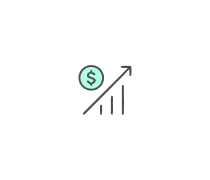Economics Exam Practice Set 2
- AP Econ
- IB Econ
- CFA
2.
You may optionally provide this to label your report, leaderboard, or certificate.
×
Thank you for your feedback!
















